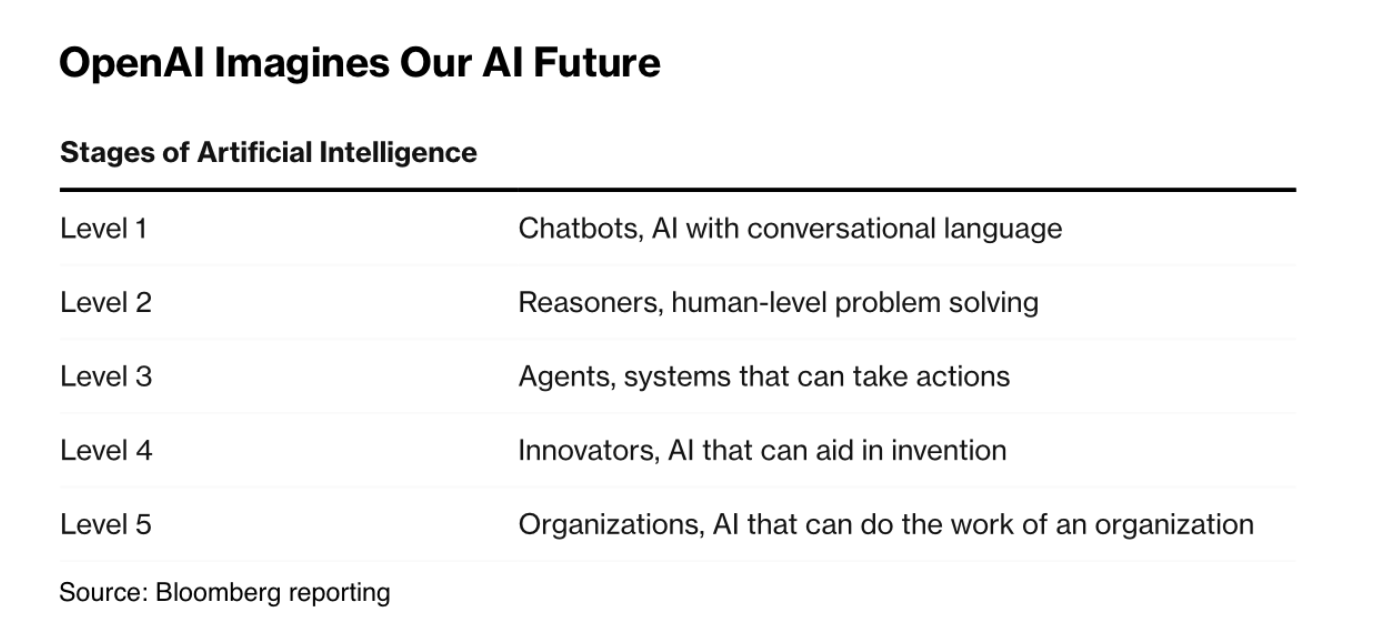
In an ambitious stride to maintain its leading position in the rapidly evolving field of artificial intelligence, OpenAI is secretly working on a novel approach to its AI models under the code name “Strawberry.”
This revelation comes from internal documentation reviewed by Reuters and a person familiar with the matter. The Microsoft-backed startup, renowned for its ChatGPT product, is racing to demonstrate that its models are capable of advanced reasoning capabilities, which could mark a significant leap forward in AI technology.
A Glimpse Inside the ‘Strawberry’ Project
Register for Tekedia Mini-MBA edition 19 (Feb 9 – May 2, 2026): big discounts for early bird.
Tekedia AI in Business Masterclass opens registrations.
Join Tekedia Capital Syndicate and co-invest in great global startups.
Register for Tekedia AI Lab: From Technical Design to Deployment (next edition begins Jan 24 2026).
According to a recent internal document seen by Reuters in May, OpenAI teams are deeply engrossed in the Strawberry project. While the exact timeline of the document remains unclear, it outlines OpenAI’s plan to leverage Strawberry for advanced AI research.
Described as a work in progress, the project remains shrouded in secrecy even within the company. The goal of Strawberry is to enable AI to not only generate answers but also to autonomously and reliably navigate the internet to perform what OpenAI terms “deep research.”
“This is something that has eluded AI models to date,” said the source, noting the project’s ambitious nature.
Asked about Strawberry and the details reported in this story, an OpenAI spokesperson said in a statement: “We want our AI models to see and understand the world more like we do. Continuous research into new AI capabilities is a common practice in the industry, with a shared belief that these systems will improve in reasoning over time.”
The spokesperson did not directly address questions about Strawberry.
From Q to Strawberry: A New Era of Reasoning
Strawberry is the successor to a previous project known as Q. According to two sources, Q was already seen within OpenAI as a breakthrough in its ability to answer complex science and math questions beyond the reach of current commercially available models.
This year, during an internal all-hands meeting, OpenAI demonstrated a research project showcasing new human-like reasoning skills, according to Bloomberg. Although Reuters could not confirm if the project demonstrated was Strawberry, it aligns with the company’s ongoing efforts to enhance AI reasoning.
OpenAI CEO Sam Altman has emphasized the importance of reasoning in AI, stating earlier this year that “the most important areas of progress will be around reasoning ability.”
The Challenge of AI Reasoning
Improving reasoning in AI models is seen by researchers as the key to achieving human or super-human-level intelligence. While large language models can summarize texts and compose prose efficiently, they often falter on common-sense problems and logical tasks, leading to “hallucinations” or the generation of incorrect information.
Reasoning, as described by AI researchers, involves the AI’s ability to plan, understand the physical world, and work through multi-step problems.
“Reasoning is key to AI achieving human or super-human-level intelligence,” said an AI researcher interviewed by Reuters.
OpenAI’s Strawberry project aims to overcome these challenges by employing a specialized post-training process. This involves fine-tuning the AI models after they have been pre-trained on extensive datasets.
According to a source, Strawberry’s method bears similarities to Stanford’s “Self-Taught Reasoner” (STaR), which allows AI models to iteratively create their own training data, potentially enabling them to achieve higher intelligence levels.
“I think that is both exciting and terrifying… if things keep going in that direction, we have some serious things to think about as humans,” Stanford professor Noah Goodman, one of STaR’s creators, commented.
Long-Horizon Tasks and Autonomous Research
Among the ambitious goals for Strawberry is the ability to perform long-horizon tasks (LHT), which require the AI to plan and execute a series of actions over an extended period.
The internal documentation indicates that OpenAI is training and evaluating models on a “deep-research” dataset to enable these capabilities. Although the specifics of the dataset and the duration of the extended period remain undisclosed, the aim is clear: to allow AI to conduct research autonomously with the aid of a computer-using agent (CUA) that can act on its findings.
The Competitive AI Industry
OpenAI is not alone in its quest to enhance AI reasoning. Major tech companies like Google, Meta, and Microsoft, along with numerous academic labs, are also exploring different techniques to improve AI reasoning capabilities. However, opinions differ on whether large language models can incorporate long-term planning and advanced reasoning into their predictions.
Yann LeCun, a pioneer in modern AI working at Meta, has frequently expressed skepticism about the ability of large language models (LLMs) to achieve human-like reasoning.
Strawberry represents a crucial component of OpenAI’s strategy to address the limitations of current AI models. By developing more advanced reasoning capabilities, OpenAI aims to unlock new possibilities for AI, from making scientific discoveries to creating new software applications. The company has been signaling to developers and partners that it is on the verge of releasing technology with significantly enhanced reasoning skills.
Strawberry’s development includes post-training methods such as fine-tuning, which involves human feedback and iterative learning processes. These techniques are designed to refine AI models and improve their performance on specific tasks.
The advancements made through Strawberry could redefine the capabilities of AI and set new standards for what these models can achieve. While the path forward is fraught with challenges, the potential rewards are immense, heralding a new era of intelligent, autonomous AI systems.
In the words of OpenAI’s spokesperson, “We want our AI models to see and understand the world more like we do.” If Strawberry succeeds, it could bring us one step closer to realizing that vision.
Levels of AI by OpenAI
OpenAI has introduced a five-tier system to track its progress towards achieving Artificial General Intelligence (AGI). The levels range from Level 1, representing current conversational AI, to Level 5, envisioning AI capable of managing and performing the work of an entire organization. OpenAI believes it is approaching Level 2, which involves problem-solving akin to a PhD without tools. The framework aims to provide a structured approach to understanding and developing AI systems that could eventually surpass human intelligence.
- Chatbots, Al with conversational language
- Reasoners, human-level problem solving
- Agents, systems that can take actions
- Innovators, Al that can aid in invention
- Organizations, Al that can do the work of an organization




